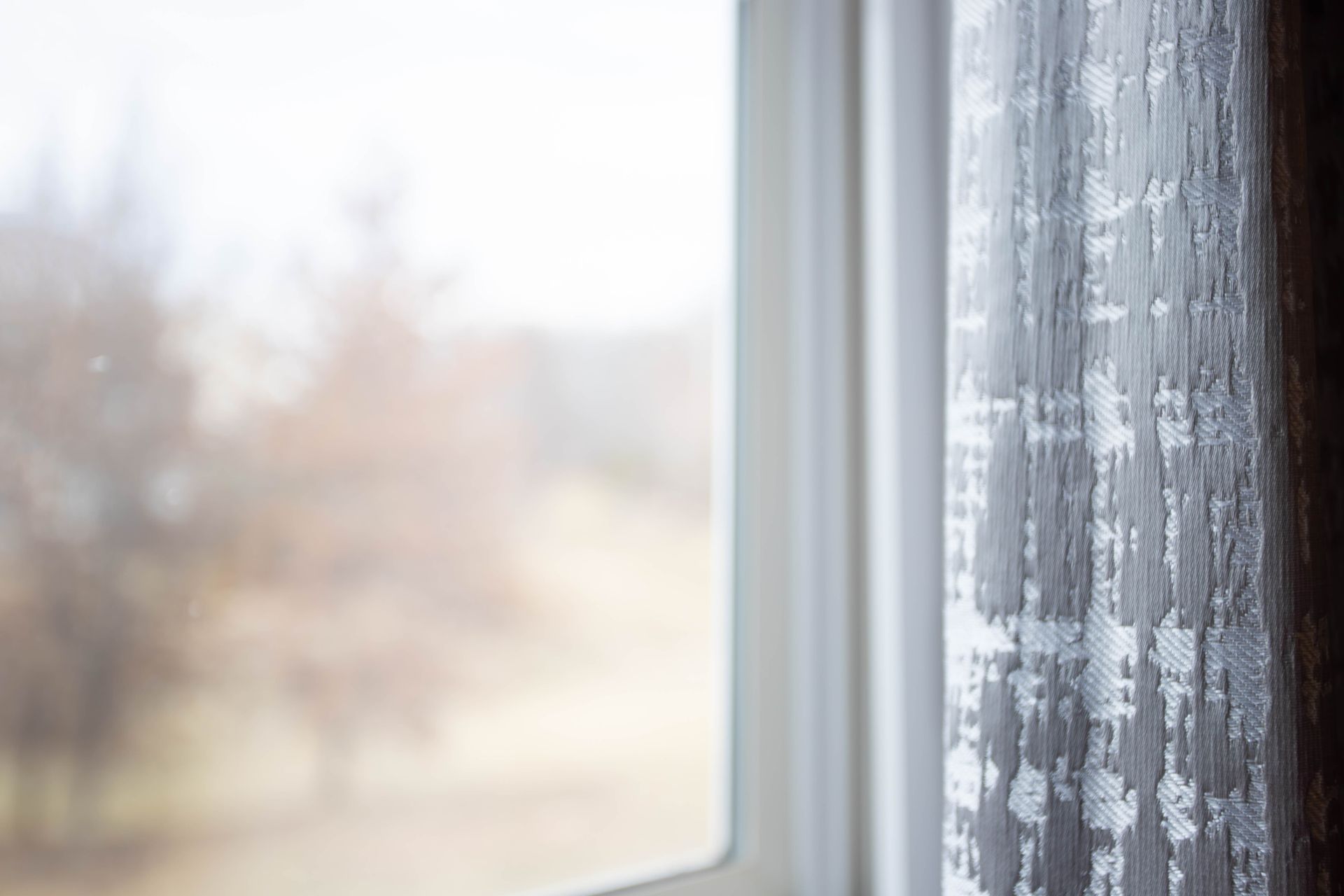New Paragraph

WHICH DRAPERY FABRICS ARE WASHABLE VS. DRY CLEAN
Sep 21, 2021
Why Does it Matter Whether You Wash or Dry Clean Your Drapes?
Drapery is many times neglected by homeowners when it comes to its regular maintenance. We usually tend to care more about our carpets, while the other upholstery is left to chance. No doubt the majority of drapery fabrics require dry cleaning and specialized care, which is why we often ignore them.
Still, you might be surprised to find that some curtains and drapes can be laundered at home with very little trouble! So, read on to find out which common decorative and drapery fabrics are washable and which must be dry cleaned.
The regular and proper cleaning of drapery fabrics is crucial for many reasons. If forgotten, not only do they look unpleasant and dirty, but could also become a big problem for people with allergies. Even if the majority of drapery fabrics don’t look that delicate, we must always care for them correctly in order to prevent shrinking, stretching, and pulling, advised an expert from Fantastic Services. Most drapes are measured to puddle on the floor or to hang a certain distance above it. Washing a dry clean only fabric may change the look of your drapes or completely ruin the fabric.
Even washable fabrics that have not been pre-treated are subject to these distortions. To prevent shrinkage, you have to launder drapes made only from machine-washable fabrics. If you do use a washing machine, always clean them with cold water and use the delicate cycle of the laundry machine, but DO NOT dry them there. Letting delicate fabrics to hang from a line to dry is also problematic, as drapery might elongate, distorting the pattern or shape. Lay the drapery flat to maintain their appearance and preserve the quality.
Which Fabrics Can You Wash at Home?
Some fabrics need to be washed by hand, while you can put others in a machine. Cotton and linen can be cleaned in cold water or on the delicate cycle, but only if they are unlined. Stronger synthetic fabrics like polyester and nylon could be washed in a machine and by hand, along with cashmere and wool. Keep in mind that polyester and nylon fibers get degraded from dry cleaning solvents, so washing them by hand or in a machine is not just an option. It’s the only way to clean them without damage. Polyester fabrics don’t need to dry and can be hung right after you clean them.
Silk fabrics can also be hand-washed.
Most times, the color of the material is the one to determine whether hand-washing is safe. Light colors — and colors that you’re sure will not bleed — can be cleaned that way. When you treat this sort of fabric, use mild dishwashing soap and gentle hand motions. Otherwise, dry clean silk materials.
Before hand-washing your drapes always vacuum them first with the correct machine setting.
You will also need to pre-treat any stains or spots with a stain-removing solution. There are many different types of detergents, depending on the type of fabric, so make sure to choose the correct one for your drapery. A bit of lukewarm water will help the material to absorb the solution. Follow the package directions of your stain remover and allow the product to sit for the recommended amount of time.
Even if your drapery is suitable for machine or hand washing, always do a test on a small part of the fabric to make sure it’s color-fast. Dip a corner in a mixture of the detergent and lukewarm water. If the color begins to bleed, you need to search for another cleaning option. Remember that each fabric comes with a list of instructions where you can see the recommended way of cleaning. Often, even if the drapery itself is suitable for washing, the lining is not.
Which Fabrics Must be Dry Cleaned?
Some drapery fabrics simply cannot be washed at home. Drapes with a lining, beading, other embellishments or complicated pleating should always be dry cleaned. Tapestry fabrics, furs, crushed velvet, delicate synthetics such as rayon, taffeta, satin, suede, and brocade are among the fabrics that must be dry cleaned.
You might also want to dry-clean items that are excessively soiled or stained. Remember, it is always wiser and safer to dry-clean drapes when you are not confident you can remove stains at home. If you fail to remove a stain at home, there is a big chance it will become permanent once the fabric is allowed to dry.
Most store-bought drapes have a care tag that lists the fabric and washing instructions. If your drapes are hand sewn or second hand, a fabric store or an experienced dry cleaner should be able to identify the material and determine the proper care for it. Whatever fabric your drapes are made of, learn how to maintain and properly clean them in order to keep the fresh and healthy look of your home.
This guest post contribution is courtesy of Maids by Trade, offering
cleaning services in the Tucson area as well as
Green Valley Maid Services and
Oro Valley Maid Services for convenience.

QUICK LINKS
SERVICES
CONTACT
(314) 644-1819
info@proctordrapery.com
485 Matson Hill Rd, Defiance, MO 63341, United States of America
All Rights Reserved | Proctor Drapery and Blinds




